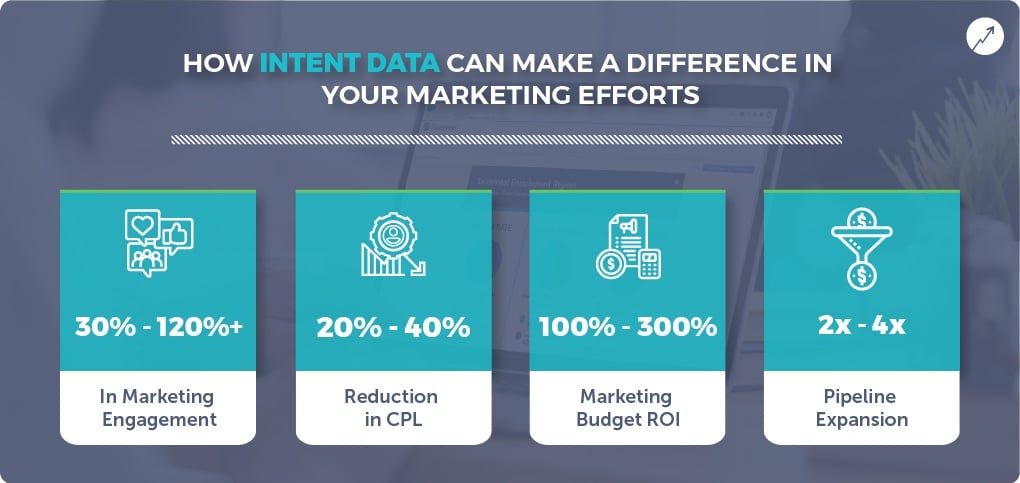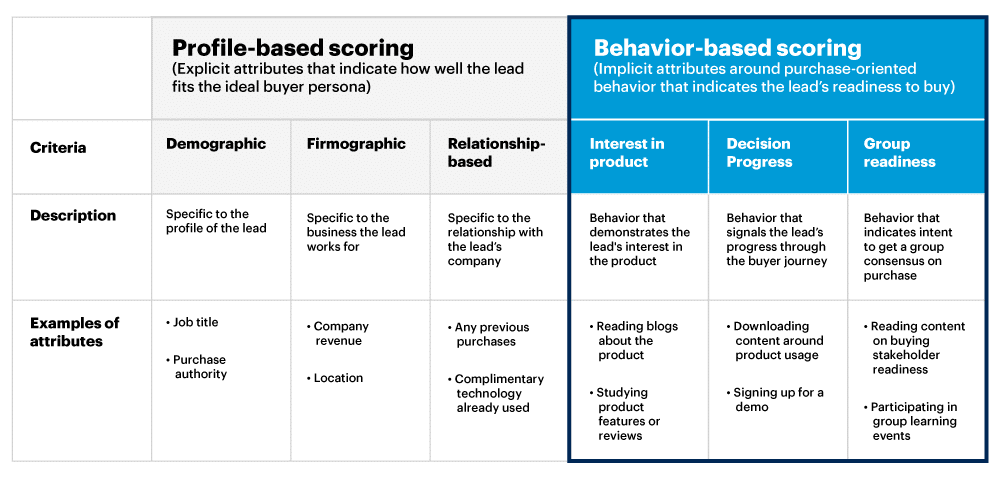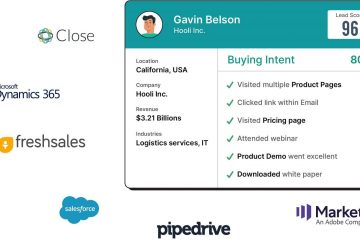Purchase Intent Data: Score Leads and Prioritize Serious Buyers
The process of purchasing in the offline world was different compared to the present one in the online world. The ability to gauge the purchase intents of a potential customer was a prized skill for any sales executive.
Replicating the same skill in the online world seems impossible. Especially, if you are selling goods where buyers buy without talking to any reps (even in B2B!). This problem was solved with the arrival of behavioral analytics. It became possible to analyze the behavior of a lead to determine his purchase intent.
It was all made possible due to advancements in machine learning, pattern recognition, data collection, analysis, and of course, common sense.
The data in question here is rightly termed as Purchase Intent Data.
Let us find out more about it!
What is Purchase Intent Data?
Purchase intent data is a set of behavioral data that is analyzed to identify behavioral indicators showcased by a lead that exhibits his purchase intent.
While it sounds like a work of wizardry, extracting intent information from behavioral data is only a question of good pattern recognition.
Actions that a user commits on your website or the internet are recorded. This set of behavioral data is compared against the actions of prospects that turned into customers.
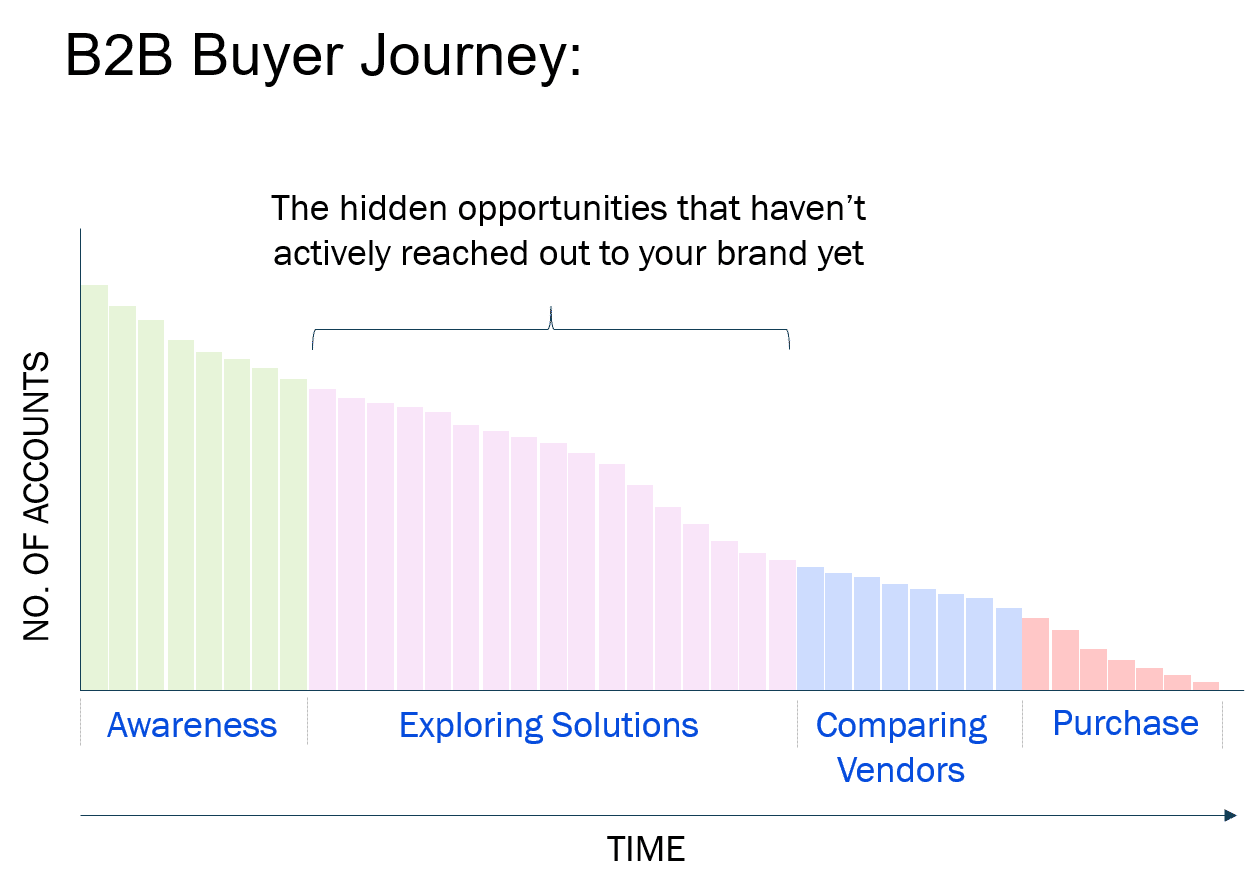
Image Source: internalresults.com
The degree of similarity in the actions committed signifies the level of purchase intent.
Here are examples of behavioral indicators that signify purchase intent:
- Level of engagement with your posts on social media.
- Visiting product or pricing pages on your website.
- Visiting the product/service customer reviews page.
- Reading certain articles on your blog.
- Frequency of visits and actions committed.
- Downloading an eBook, template, or other downloadable content on your website.
- Performing key product milestones
In essence, purchase intent data is a set of behavioral indicators that indicate that a lead is seriously looking for a solution that you and your competitors offer.
Purchase intent data can be used to qualify leads. This filters out the leads with low purchase intent. Pursuing leads who are looking out for the solution you provide raises your conversion rate significantly.
But from where is the purchase intent data collected?
First-party vs Third-party Purchase Intent Data
There are two types of purchase intent data. These are distinguished based on who is the one collecting the purchase intent data. Accordingly, we have the following:
First-party Purchase Intent Data
As the name implies, first-party purchase intent data is the intent data collected internally by your business. The purchase intent data is collected from all the data input points like website and app and marketing touchpoints under your business’s control.
Website analytics, CRM, marketing automation platform, email delivery, engagement, etc. can all serve as sources for first-party purchase intent data. With user’s content, you can opt for cookies or IP addresses for user identification.
Advantages of using First-party Purchase Intent Data
- Offers a comprehensive view of all your leads.
- Cost-effective as everything is managed in-house.
- Ability to address privacy concerns and ensure data privacy compliance.
- Gathered data is authentic and validated.
Downsides of using First-party Purchase Intent Data
- Limited reach. Data can be collected only from users on your website and in your digital domain.
- Missed opportunities. Prospects that never reach your website will be intercepted by competition.
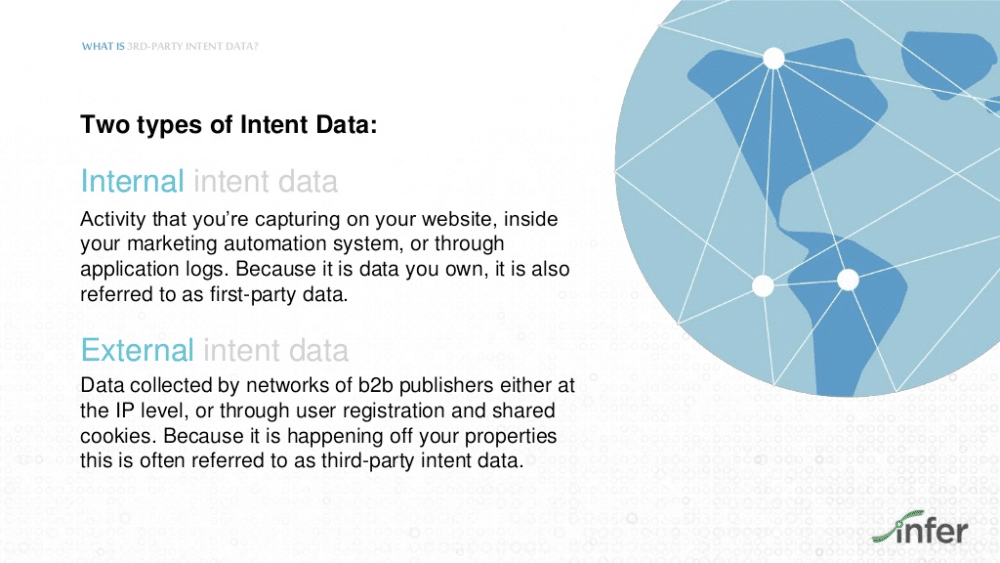
Source: infer.com
Third-party Purchase Intent Data
Third-party purchase intent data is the purchase intent data gathered by either you or someone else on your behalf from data points external to your organization.
Any website other than yours, content platforms, social media platforms, business forums, product and services review sites, etc. can serve as sources for data collection.
A B2B buyer makes 12 Internet searches on average before landing on a vendor’s site. This means that potential buyers are looking at various things and 3rd party vendors would have data related to it.
Data privacy concerns remain at large which is the reason most 3rd party intent data providers would only provide B2B account details. For example, using G2, you can find out which companies are visiting products in a particular category. If you’re collecting the data yourself, ensure it is done in compliance with all data privacy norms.
Advantages of Third-party Purchase Intent Data
- Identifying purchase intent in the early stages of a prospective buyer’s journey. Intent data lets you know when a buying window opens.
- Extended reach. Access to opportunities that weren’t created on your website.
- Allows for effective and targeted marketing communication.
Downsides of using Third-party Purchase Intent Data
- Data privacy concerns. There are risks associated with how the purchase intent data was collected by the third party.
- Data authenticity. Purchase intent data provided by the third party might suffer from data integrity issues.
- Since you are primarily getting account data, it might be difficult to find the right prospects to reach to.
- You are essentially reaching cold leads who might not be aware of your products or services.
The two types of purchase intent data should not be looked at as standalone options. Rather a firm needs to find a good balance between the use of both.
The advantages of each type of purchase intent data can be used to overcome the downsides of the other.
Determining Intent Data Attributes that can Lead to a Purchase
The decision of what indicators to consider is up to each firm. The indicators will change according to various variables. However, determining which attributes of the purchase intent data translate into a purchase is important for everyone.
Here are the Intent Data attributes you should consider:
Need
All purchases are driven by a need for a solution to problems. Thus, it becomes a key attribute for intent data. A firm should consider behavioral indicators that signify an inherent need for the solutions you provide as a B2B business.
Going through the articles on your blog to gauge your expertise, reading articles that showcase your problem-solving ability, considering a user’s search intent, etc. can help a firm determine a lead’s need for your solution.
Interest
Once the buyer is convinced of your business as a capable B2B business solutions provider, he will exhibit interest in your products/services. A lead’s interest in your offerings directly correlates to his purchase intent.
Thus, user interest is a strong determinant. Checking the product’s page, client testimonials page, pricing page, signing up for a free trial, etc. exhibits strong purchase interest from the user’s end.
Engagement
Purchase intention can be determined by considering how much a user is interacting with your business.
Engaging with chatbots, asking questions, liking or commenting on posts on social media, contacting sales executives, or responding positively to approaches made by sales executives, etc. can be considered as engagement.
The frequency and the level at which a user engages with the business convey how likely he is to purchase from them.
Using Purchase Intent Data for Lead Scoring
The accuracy and effectiveness of lead scoring can be enhanced significantly using purchase intent data.
The business profile-based lead scoring helps you filter out unsuitable leads. Those leads that match your ICP have high chances of converting.
Using purchase intent data as an additional filter for scoring leads leaves you with highly qualified leads that need a solution and are most likely to make a purchase.
You should start by identifying behavioral signals that are positive and those that are negative. A numerical value can then be assigned to each behavioral indicator. The value should exhibit the level of purchase intent accurately.
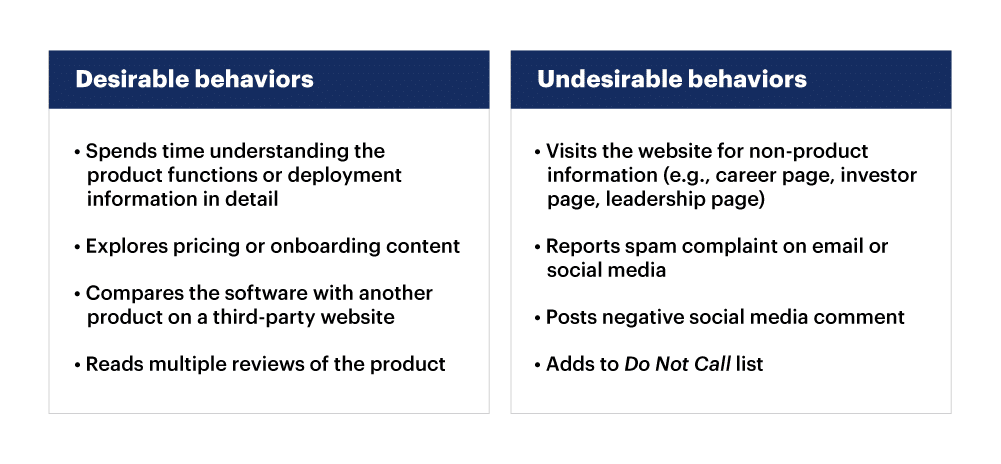
Source: gartner.com
Combining this setup with the existing lead scoring setup, you can score leads more effectively. Pursuing leads with high purchase intent can raise conversion rate, drive revenue growth and increase performance and efficiency of sales and marketing.
Prioritizing Leads For Sales Using Purchase Intent Data
Managing one’s sales pipeline is important. A smooth and free-flowing sales pipeline is important to ensure revenue growth. However, slow-moving leads can disrupt the flow within the sales pipeline.
This necessitates the prioritization of leads based on their value and intent which determines how fast they can be moved through the sales pipeline.
The value aspect can be determined using the business profile of the lead. However, it is difficult to estimate how fast the deal can be closed using traditional lead scoring metrics.
Purchase intent data comes in handy here. Once leads have been qualified as a match to ICP and deemed to be highly valuable, they can be prioritized based on the level of their purchase intent based on their behavioral activities. A tool like Salespanel simply tracks first-party intent and helps you score and segment based on these data points.
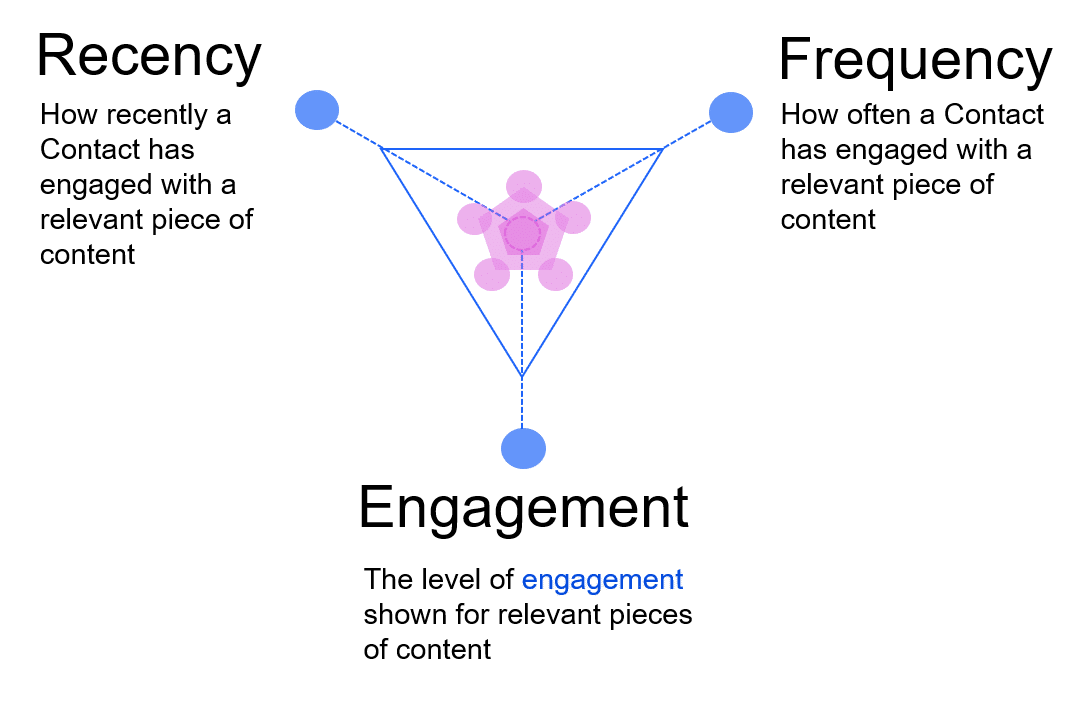
Source: internalresults.com
You can have a system that will make it easy for you to prioritize leads based on the level of their purchase intent. Start with assigning numerical values, like having a point system, for every action committed by the lead.
Points will be added or subtracted from a lead’s purchase intent score based on whether they commit a favorable or an unfavorable action.
Define a threshold of purchase intent points. Have a system in place that will notify the sales team the moment a lead crosses that threshold.
These leads that exhibit high purchase intent can then be prioritized based on their purchase intent points.
The same framework can be set up to have the sales team notified when a lead exhibits a spike in purchase intent. The sales team can quickly follow up and engage with the lead, capitalizing on the opportunity and closing the deal quickly.
Thus, you can have a system that will enable you to engage with leads that are most likely to convert. Additionally, leads with higher purchase intent can be moved quickly through your sales pipeline.
This translates to gains in inefficiency. A shorter sales cycle means you can pursue more leads based on the same framework and drive revenue growth.
Our Final Thoughts
Behavioral data analytics has unlocked a lot of potential for the sales and marketing operations of B2B businesses. The ability to know how likely a lead is to make a purchase grants a lot of advantages to the sales team.
With a good system in place, you can use purchase intent data to ensure a healthy sales pipeline and strong revenue growth for your B2B business! If you are looking for first-party intent data and a way to leverage this data to qualify leads in real-time, try out Salespanel.
Sell more, understand your customers’ journey for free!
Sales and Marketing teams spend millions of dollars to bring visitors to your website. But do you track your customer’s journey? Do you know who buys and why?
Around 8% of your website traffic will sign up on your lead forms. What happens to the other 92% of your traffic? Can you identify your visiting accounts? Can you engage and retarget your qualified visitors even if they are not identified?
